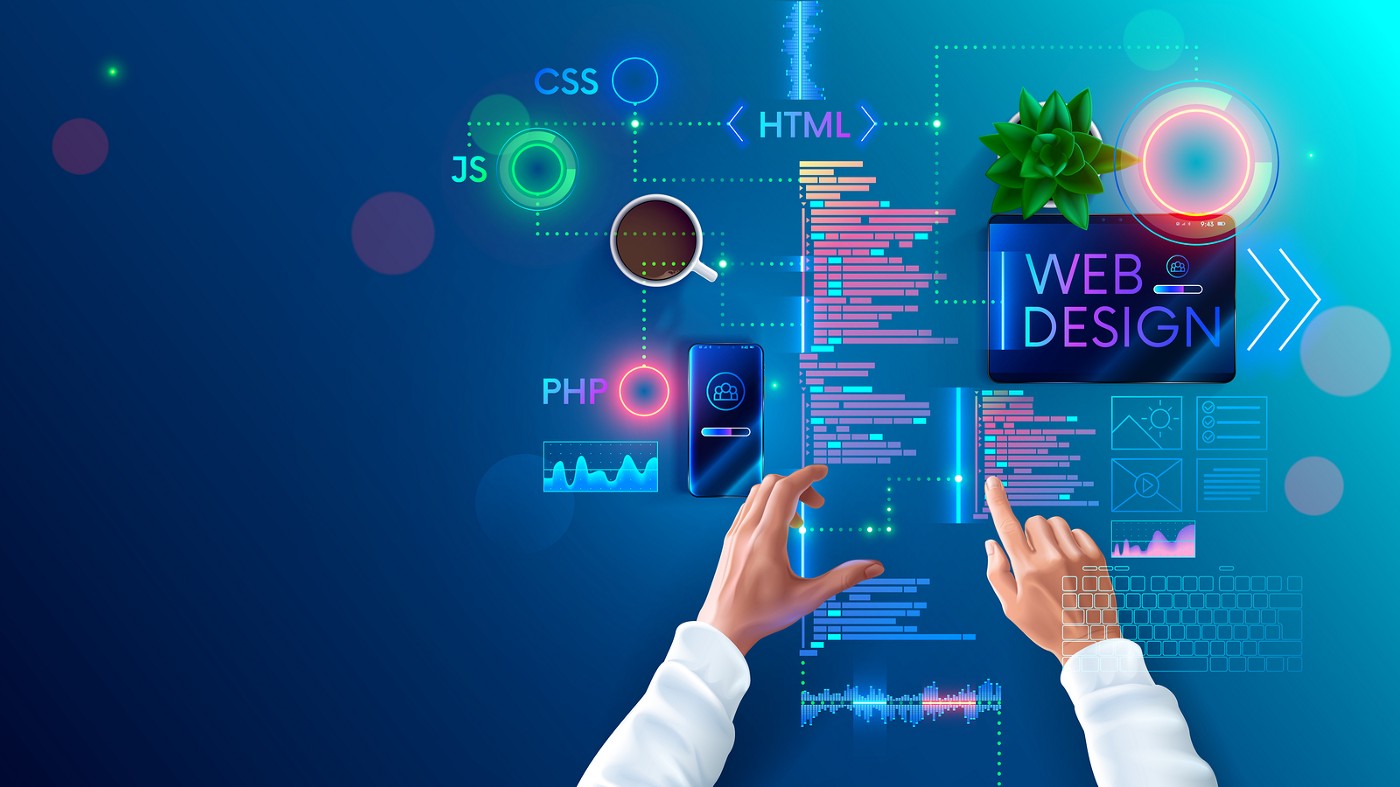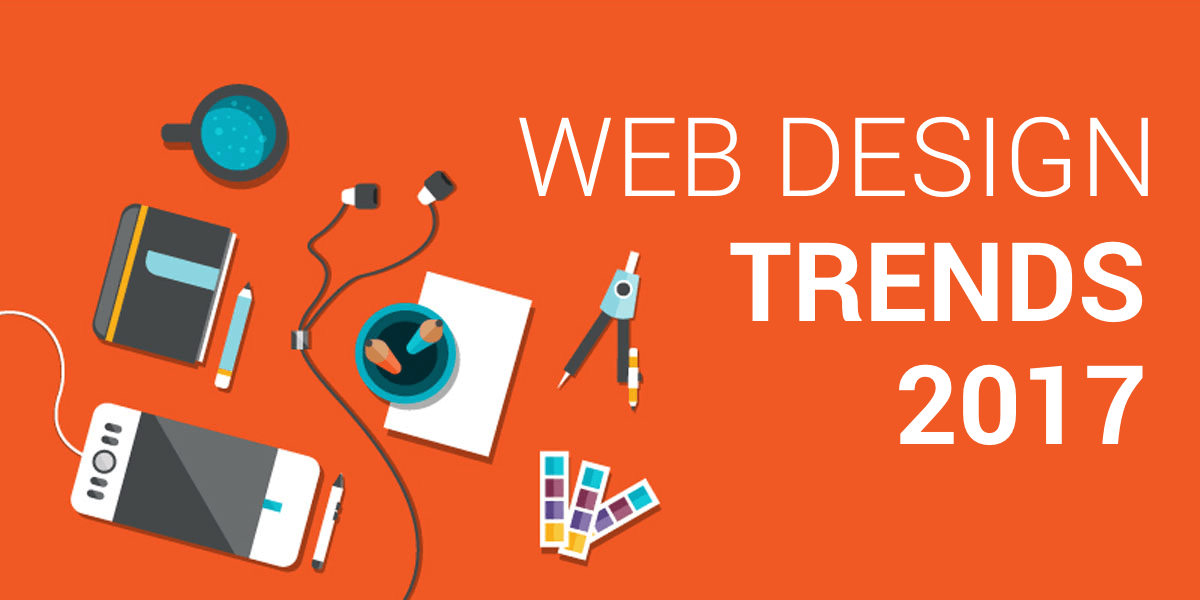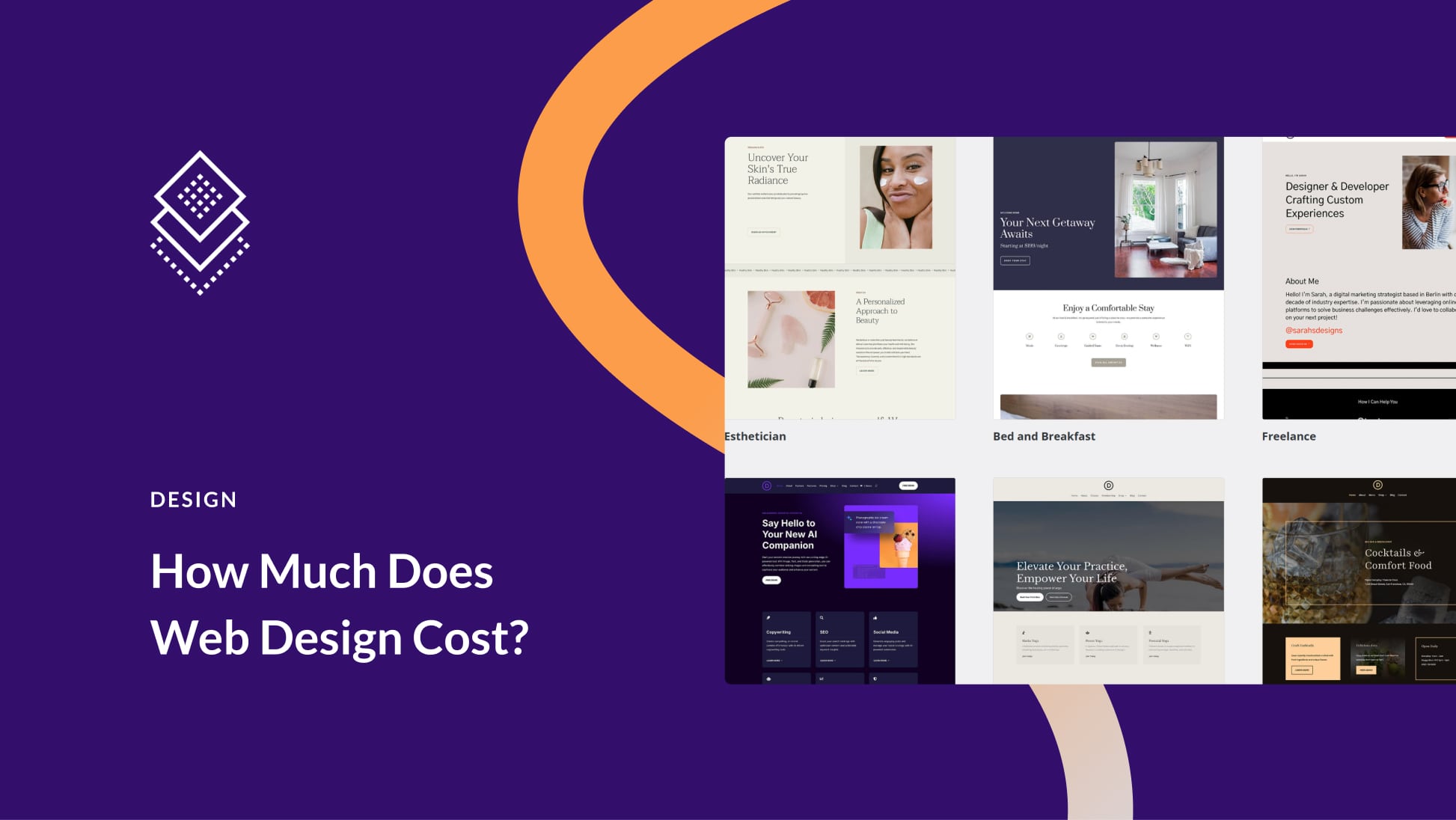Aligned Position Web Design: Tailor-Made Web Design Solutions for Maximum User Engagement
Aligned Position Web Design: Tailor-Made Web Design Solutions for Maximum User Engagement
Blog Article
The Very Best Kinds Of Web Style to Boost User Experience and Engagement
In the ever-evolving landscape of electronic interaction, the effectiveness of Web design significantly impacts user experience and engagement. Various layout techniques, such as minimal, receptive, and interactive formats, each deal distinct benefits that can provide to diverse customer demands.
Minimal Web Layout
As digital landscapes become progressively chaotic, minimal website design has emerged as a powerful approach to improving customer experience. This style philosophy focuses on simplicity, focusing on essential elements while removing unneeded distractions. By utilizing adequate white space, simple navigation, and a limited shade combination, minimal style promotes clarity and guides user focus to key web content.
The core concept of minimalist website design is to develop a seamless communication for individuals. By lowering cognitive load, customers can swiftly realize info without really feeling overwhelmed. This direct approach not just improves use however also urges engagement, as site visitors are a lot more most likely to explore a website that is simple and visually appealing to navigate.
In addition, minimal layout typically emphasizes typography and imagery, using these components purposefully to convey messages successfully. In essence, minimalist Web design is not just a pattern; it is a thoughtful technique that acknowledges the significance of user-centered style.
Responsive Web Layout
In today's diverse electronic environment, responsive website design has actually become necessary for producing a seamless individual experience throughout a plethora of devices. As individuals access web sites on smartphones, desktops, tablets, and laptop computers, the capacity of a site to adjust its design and web content to different display sizes and resolutions is essential.
Responsive Web style utilizes flexible grids, images, and CSS media queries to make sure that Web content exists ideally, no matter of the gadget utilized. This method not only boosts the aesthetic charm of a site but also considerably improves use. Users are most likely to involve with a site that offers a regular experience, as it gets rid of the stress of having to zoom in or scroll exceedingly.
By adopting responsive layout, services can improve their exposure and reach a broader target market. In summary, receptive Web style is a basic practice that improves customer experience, interaction, and general satisfaction.
Interactive Website Design
Responsive website design lays the groundwork for improving customer experience, but interactive website design takes this an action further by engaging individuals in an extra vibrant way - Aligned Position Web Design. By integrating aspects such as computer animations, clickable prototypes, and real-time feedback, interactive website design astounds users, drawing them into a richer browsing experience
This method not just cultivates involvement yet also encourages individuals to check out content proactively instead than passively eating it. Strategies such as gamification, where users earn rewards for completing tasks, can dramatically boost the moment invested on a website and boost total complete satisfaction. Interactive functions can simplify complicated info, making it a lot more absorbable and delightful.

Integrating interactive style components can likewise result in greater conversion prices, as individuals are a lot more most likely to engage with a site that proactively involves them. Aligned Position Web Design. Eventually, interactive Web design transforms individual experiences right into memorable journeys, making certain that visitors return time after time
Apartment Layout
Characterized by its minimalistic method, flat style highlights simpleness and capability, removing unneeded components and concentrating on important functions. This design viewpoint prioritizes functionality, making sure that individuals can browse interfaces effortlessly and effectiveness. By utilizing a tidy aesthetic, flat style gets rid of the clutter typically discovered in much more elaborate styles, thus improving individual concentrate on material and performance.
The trademark of flat design hinges on its use bold colors, easy typography, and geometric shapes. These elements add to an aesthetically appealing interface that is both modern and friendly. Furthermore, flat design cultivates a feeling of clearness, enabling individuals to discern important actions and details without disturbance.
Moreover, flat style is particularly efficient in receptive Web layout, as its simplicity translates well throughout various gadgets and display sizes. By focusing on crucial features, flat style not just meets individual requirements yet also encourages seamless communication, making it an essential component of reliable Web design methods.
Flexible Web Design
Flexible Web layout customizes the individual experience by developing numerous fixed designs tailored to different screen sizes and gadgets. Unlike receptive layout, which fluidly adjusts a single design, flexible layout uses distinctive layouts for certain breakpoints, making certain ideal discussion on various platforms. This technique permits designers to concentrate on the distinct attributes of each tool, boosting use by delivering precisely what users need based upon their context.
Among the primary advantages of adaptive website design is its ability to maximize lots times and efficiency. By serving tailored content and images that fit the customer's tool, internet sites can decrease information usage and improve loading speeds. This is specifically advantageous for users with slower links or minimal data plans.

Furthermore, adaptive style helps with an extra controlled and constant branding experience. Considering that developers create several formats, they can guarantee that the aesthetic components align with the brand name's identification across various systems - Aligned Position Web Design. This results in a cohesive individual experience, boosting engagement and advertising customer retention
Conclusion
In final thought, the assimilation of published here minimalist, responsive, and Read Full Report interactive website design concepts considerably boosts customer experience and engagement. Minimalist style cultivates quality and emphasis, while responsive design guarantees versatility throughout numerous tools, promoting ease of access. Interactive style mesmerizes customers via vibrant components, urging expedition and customization. Jointly, these design comes close to add to the creation of user-friendly atmospheres that not just enhance contentment yet additionally drive greater conversion prices, highlighting their important importance in modern Web style methods.

Minimalist style promotes quality and emphasis, while receptive layout ensures adaptability across different gadgets, advertising access. Collectively, these design approaches contribute to the creation of user-friendly atmospheres that not just boost satisfaction however also drive greater conversion prices, highlighting their crucial Read More Here significance in contemporary Web layout techniques.
Report this page